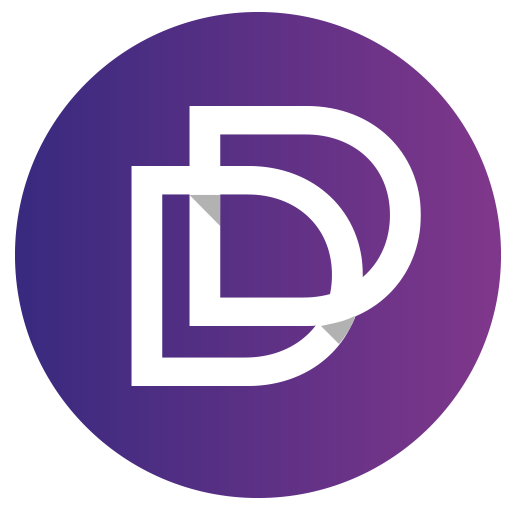Ethereum Sets New Date for Pectra Upgrade After Technical Issues
Ethereum’s Pectra upgrade has now been scheduled to go live on the mainnet on May 7, 2025.
The announcement was made during a call held by the blockchain’s core developers on April 3.
Pectra is one of Ethereum’s most significant upgrades since the network’s transition to a proof-of-stake consensus mechanism in 2022. It merges the Prague execution layer with the Electra consensus layer and includes 11 Ethereum Improvement Proposals (EIPs) aimed at improving the blockchain’s scalability, efficiency, and usability.
Originally planned for March 2025, the changes were postponed due to challenges encountered during testnet implementation. Specifically, the Holesky testnet experienced finality issues, preventing developers from proceeding with the original timeline. Additionally, a minor bug was discovered on the Sepolia testnet in early March, which was identified and resolved before further testing.
Developers then launched the Hoodi testnet, successfully running the enhancements without major incidents. This phase led to the confirmation of the May 7, 2025, mainnet deployment date.
“We’ll go ahead and lock in May 7 for Pectra on mainnet,” said Ethereum Foundation researcher Alex Stokes during yesterday’s core developers’ call . “Happy Pectra everyone.”
Despite recent developments, Ethereum’s market performance has remained weak, with its native ETH token posting its worst first-quarter performance in 7 years. A recent report from CryptoQuant showed that the ecosystem continues to struggle due to low activity, declining transaction fees, and a reduced ETH burn rate, all of which have contributed to increased inflationary pressure on the network.
Pectra contains several improvements aimed at making Ethereum more user-friendly and efficient. Key features in the new version include smart contract functionality for wallets, enhanced staking capabilities, account abstraction, privilege management, and the ability to sponsor transaction fees.
Account abstraction will allow Externally Owned Accounts (EOAs) to function similarly to smart contract wallets, introducing advanced features such as transaction batching, fee sponsorship, and custom security rules. These improvements are expected to enhance Ethereum’s flexibility, making decentralized applications (dApps) more accessible to users.
Petra also increases the validator staking limit from 32 ETH to 2,048 ETH. This change supports larger validators and allows smaller ones to receive compounding rewards.
Another addition is Peer Data Availability Sampling (PeerDAS), which reduces costs for layer-2 solutions by allowing nodes to verify large data availability without downloading all of it. The upgrade also includes the Ethereum Virtual Machine (EVM) Object Format, which enhances EVM code to support future functionality on both layer-1 and layer-2 networks.
US House Passes STABLE Act for Stablecoin Regulation
On April 2, the US House Financial Services Committee passed the STABLE Act, which now needs to pass a full House vote and then a Senate vote in its next stages of approval into law.
The Stablecoin Transparency and Accountability for a Better Ledger Economy (STABLE) Act was passed with a 32 to 17 vote.
The legislation, formally titled the “Stablecoin Tethering and Bank Licensing Enforcement” Act, was introduced in 2020 and failed to pass . It originally aimed to regulate stablecoin issuers by requiring them to obtain banking charters and follow traditional banking regulations.
The current STABLE Act, introduced again in its amended form in March, differs slightly from a similar bill introduced in 2023.
It gives the Office of the Comptroller of the Currency (OCC) “the authority to approve and supervise federally qualified nonbank payment stablecoin issuers,” according to Digital Assets, Financial Technology, and Artificial Intelligence Subcommittee Chair Bryan Steil.
“The STABLE Act protects consumers while cementing the US Dollar as the world’s reserve currency and promoting the next generation of Web3 businesses here in the United States,” said Steil.
“I am happy to support the STABLE Act and continue the House Committee on Financial Services’ work to advance stablecoin regulation that protects a robust state pathway,” said Republican Representative Mike Flood.
“Stablecoins can not only help Americans grow their wealth but also promote U.S. values and leadership both here at home and around the world,” added California Representative Young Kim.
Meanwhile, Congressman Dan Meuser said the legislation will “make payments faster, cheaper, and more accessible, reducing costs to the benefit of businesses and consumers alike.”
Other stablecoin-related bills are also going through the Congressional voting process, including the Guiding and Establishing National Innovation for US Stablecoins (GENIUS) Act, which defines reserve rules for stablecoin issuers.
The stablecoin ecosystem is currently dominated by two players: Tether, which has a 60% market share with $144 billion USDT in circulation, and Circle, with a 25% share and $60 billion USDC circulating.
USDS, formerly known as Maker’s DAI, is the third-largest stablecoin with $8 billion in circulation and a 3.4% market share.
Earlier this week, Circle filed for a long-awaited initial public offering with the US Securities and Exchange Commission.
Meanwhile, Binance has delisted several stablecoins, including USDT, DAI, and TUSD, in European markets to comply with stringent MiCA regulations.


 最低価格
最低価格 最高価格
最高価格 















































